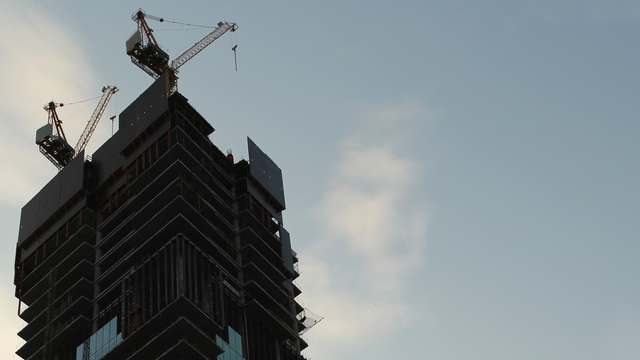The long awaited Building Safety Act was given Royal Assent on 28 April 2022, almost five years after the Grenfell tragedy which prompted a complete re-examination of the regulation of high-rise residential and other ‘higher risk’ buildings.
The Act is a substantial and ambitious piece of legislation weighing in at over 260 pages and supplemented by a raft of secondary legislation (much of which is still to be published). Although the Act covers a wide range of matters, at its heart are two principal objectives:
- To create a robust and more stringent safety regime for the construction, operation and ongoing maintenance of ‘higher risk’ buildings; and
- To ensure the remediation of historic building safety defects at no cost (or at least limited cost) to people living in unsafe buildings.
Numerous provisions came into effect on 28 June 2022, including provisions which protect leaseholders from the cost of rectifying historic building safety defects. The government intends to implement the remaining provisions over the next 12 months or so, with the new building safety regime being fully operational by October 2024.
Both landlords and tenants will be keen to understand what they need to do next and who will be responsible for the cost of rectifying building safety defects. First and foremost, the new Act requires building owners to identify and rectify ‘relevant defects’ in all ‘relevant buildings’. In this respect:
- An ‘owner’ is anyone with a superior leasehold or freehold interest in the building;
- A ‘relevant building’ is any building over 11 metres or 5 storeys in height; and
- A ‘relevant defect’ is a construction defect that puts people’s safety at risk from the spread of fire or structural failure, arising from works carried out between 28 June 1992 and 27 June 2022.
The Act then provides various mechanisms by which building owners can be compelled to remediate relevant defects, most notably through ‘remediation orders’ which can be obtained by concerned leaseholders on an application to the First-tier Tribunal. The government has made no secret of its intention to ‘name and shame’ developers and owners who drag their heels, and the Building Safety Regulator will have a range of enforcement powers to ensure relevant buildings are made safe without delay.
The costs of remediation also fall, in the first instance, to building owners who may in turn be able to recover some or all of those costs from other responsible parties. In this respect, the Act distinguishes between those building owners who had a role in the development of the building and those who did not:
- If the building owner was the developer – or was associated or connected with the developer – of the building, then they are solely responsible for carrying out and paying for any necessary remediation costs. This is known as the ‘developer test’ and the net is cast wider than the responsible developer to avoid companies using special purpose vehicles, joint ventures or group structures to escape liability.
- If, on the other hand, the building owner has no relevant association or connection with the responsible developer, then the Act distinguishes between cladding defects and all other relevant defects:
- Building owners are responsible for the costs of remediating cladding defects and will not be able to pass any of those costs on to ‘qualifying leaseholders’. Qualifying leaseholders include individuals with a long leasehold interest (over 21 years) in the dwelling granted before 14 February 2022, and which they occupy as their only or main home.
- For non-cladding defects, building owners may be able to pass some of these costs on to qualifying leaseholders via the service charge, provided that they do not fall foul of the ‘developer test’ or the ‘contribution test’. Even when a building owner is able to pass costs on to qualifying leaseholders, that will be subject to service of various notices and also restrictive caps of £15,000 in total (£1,500 per year) in Greater London and £10,000 in total (and £1,000 per year) outside Greater London.
- If qualifying leaseholders have already paid for remediation costs since 28 June 2017, these amounts will need to be deducted from the maximum capped amount or repaid if they have already paid more than the maximum capped amount.
In summary, building owners will now need to take urgent steps to identify and remediate building safety defects in their relevant buildings and they will no longer be able to pass the majority of those costs on to qualifying leaseholders. Building owners can, of course, seek to recover those costs (or a contribution) from others involved in the original construction such as contractors, designers and consultants. To facilitate recoveries, the Act creates new remedies and extends existing remedies (including under the Defective Premises Act 1972) to enable owners to bring claims against other responsible parties even where they do not have the benefit of a contract, appointment or collateral warranty.
The Act has completely changed the regulatory landscape for all higher risk buildings and landlords and tenants need to be aware of their respective rights and obligations. If you require any further assistance or advice, please do not hesitate to contact a member of the Fladgate Construction Team.




































